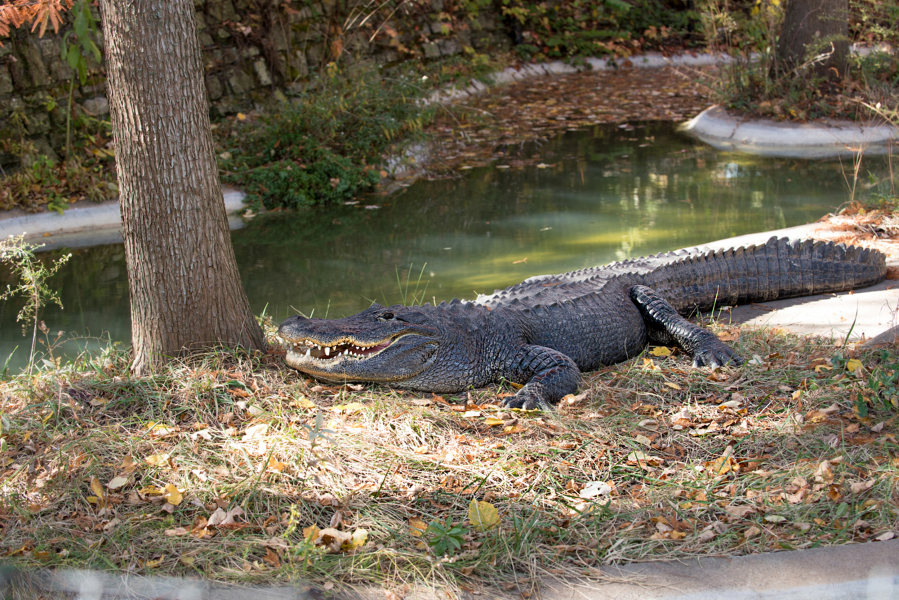Nope, not at all. Randy Junge, a veterinarian who is the zoo’s vice president of animal health, said alligator CPR consists of chest compressions only, because that’s the most important component of CPR. (Hands-only CPR, in fact, works on humans, too, and lots of people are now being trained in it).
“If you’re getting adequate compressions, you’re not only circulating the blood, but you’re expressing air out of the lungs,” Junge said. Mouth-to-mouth “is not necessary,” he said.
That doesn’t make gator CPR easy, and you really shouldn’t try it at home. In Columbus, a team of four keepers hoisted the 300 pound alligator and turned him on his side to begin compressions, Junge said. Once the reptile was breathing again, he was rushed to the zoo’s hospital, where he was given intravenous fluid and emergency medications. A tube was inserted into his trachea to help him breathe.
The gator was stable for about an hour before he again “declined,” Junge said. Two more rounds of CPR weren’t successful, and the animal died, leaving behind his female enclosure mate. (Not that kind of mate, said Junge, who characterized the animals’ relationship like this and nothing more: “They lived together.”) Respiratory diseases such as pneumonia are common among captive alligators, and it’s not clear why, Junge said.



